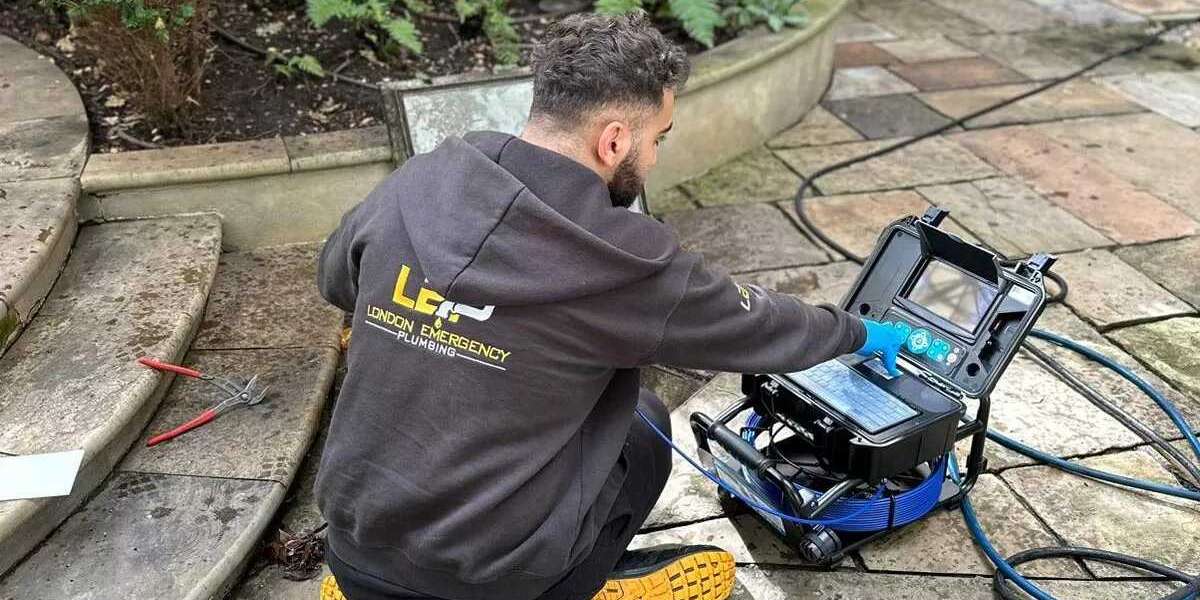A blocked toilet is one of the most common plumbing issues homeowners face, and it can be incredibly frustrating. Whether it's a slow drain or a completely clogged toilet that refuses to flush, dealing with a blocked toilet can disrupt your daily routine and, if not addressed promptly, lead to more serious plumbing problems. In this article, we will explore the common causes of a blocked toilet, provide solutions to fix it, and offer some prevention tips to avoid future clogs.
Common Causes of a Blocked Toilet
Toilets can become blocked for a variety of reasons. Understanding the cause can help you address the problem more effectively.
Excessive Toilet Paper
- One of the most frequent causes of a toilet clog is simply using too much toilet paper. While it’s essential for hygiene, flushing large amounts of toilet paper at once can overwhelm the toilet's flushing power, causing a blockage in the pipes. For households with multiple people or those who use thick toilet paper, the risk of clogging increases.
Non-Flushable Items
- Many people mistakenly flush items that should not be flushed, such as wet wipes, paper towels, cotton balls, sanitary products, and even facial tissues. These items do not break down as easily as toilet paper, and they can quickly form a stubborn blockage in your plumbing.
Foreign Objects
- Children are particularly notorious for flushing foreign objects like toys, socks, and other small items down the toilet. These objects can get stuck in the pipes and lead to a full-blown clog. If you suspect that a foreign object is causing the blockage, it’s essential to act quickly.
Plumbing Issues
- Sometimes, the blockage isn’t due to something you flushed, but rather an issue with the plumbing itself. Over time, pipes can become corroded, cracked, or misaligned, leading to poor water flow and increased chances of clogs. Additionally, a buildup of waste and minerals can form in the pipes, restricting flow.
Tree Roots in the Pipes
- Although rare, tree roots can sometimes infiltrate underground plumbing. The roots seek out moisture and can grow into the pipes, creating blockages and even causing the pipes to crack or collapse. This issue is often seen in older homes with mature trees planted near sewer lines.
How to Fix a Blocked Toilet
When you face a blocked toilet, the first step is to assess the situation and decide how to tackle it. Here are several methods you can try to clear the blockage:
1. Plunge the Toilet
- The classic method for dealing with a clogged toilet is using a plunger. Make sure to use a plunger designed for toilets, which has a flange to create a better seal. Place the plunger into the bowl and push down gently to create suction, then pull up sharply to dislodge the clog. Repeat this process several times until the water starts draining properly.
2. Use a Toilet Auger
- If plunging doesn't work, a toilet auger (also called a plumber’s snake) can help. Insert the auger into the toilet bowl and rotate the handle to push the cable deeper into the pipes. Once you feel resistance, carefully work the auger to break up the clog or hook it so you can pull it out. Augers can reach deeper blockages that plungers can’t reach.
3. Dish Soap and Hot Water
- For less severe blockages, pouring a mixture of dish soap and hot water into the toilet bowl can sometimes help to loosen up the clog. Let it sit for about 15-30 minutes to allow the soap to lubricate the clog, then try flushing again. Be cautious with water temperature—too hot, and you risk cracking the toilet bowl.
4. Baking Soda and Vinegar
- This DIY method uses a natural cleaning solution to break down the clog. Pour about a cup of baking soda into the toilet bowl, followed by two cups of vinegar. Allow the mixture to sit for about 30 minutes to break down organic matter. Afterward, flush the toilet to see if the clog has cleared.
5. Call a Plumber
- If none of the above methods work, or if you suspect the blockage is more serious (such as a tree root problem or major pipe issue), it’s time to call a professional plumber. Plumbers have the tools and expertise to identify and fix the problem quickly, and they can help prevent future issues.
Preventing Toilet Blockages
While you can't entirely eliminate the risk of a blocked toilet, there are steps you can take to minimize the chances of it happening:
Use Toilet Paper Sparingly
- Avoid using excessive toilet paper in a single flush. A general rule of thumb is to use a manageable amount, ensuring it can break down easily in the water. Consider using thinner, dissolvable toilet paper if you're prone to clogs.
Dispose of Non-Flushable Items Properly
- Never flush anything other than toilet paper down the toilet. Dispose of wipes, sanitary products, and paper towels in the trash to avoid unnecessary blockages.
Regular Maintenance
- Periodically inspect your toilet and plumbing for any signs of wear or corrosion. If you live in an older home, have your plumbing professionally inspected to ensure there are no underlying issues, such as pipe damage or tree root infiltration.
Teach Children Proper Toilet Etiquette
- If you have young children, educate them about the dangers of flushing toys or non-toilet paper items. Children’s curiosity often leads to accidents, so being proactive can help avoid the hassle of a serious blockage.
Install a Toilet Strainer
- For added protection, you might consider installing a toilet strainer or screen to catch any small objects that could end up in the toilet and cause a clog.
Conclusion
A blocked toilet is a nuisance, but with the right tools and knowledge, you can often fix the problem yourself. Understanding the common causes, how to address the issue, and how to prevent it in the future can save you both time and money. If you're unsure about the cause of the blockage or if the problem persists, don’t hesitate to contact a professional plumber. Keeping your toilet in good working condition ensures that your home stays comfortable and your plumbing remains problem-free.














